Living with ‘The Vital Link’
‘I have been living here since I was born. My wife and I have been married for over 50 years. We have 5 children who live with their families and children. The house I live in is my wife’s family. Before Tarayana Foundation’s intervention, I tried repairing my house but with meager resources and the village’s lack of access to the market, I couldn’t do justice to the project.
In 2008, Tarayana Foundation started the housing improvement program at Jangbi where we received a free supply of CGI sheets and a daily wage of two carpenters. My house was constructed in 2010 after the completion of all the other houses.
While the project was planned by the Foundation, the community members executed the project. We formed a group that worked together to seamlessly complete tasks such as extracting raw materials such as timber and stones and the construction of the house. The group worked together for about 3 years completing about 13 houses.

Before we lived in the forest in hut houses made from wooden planks that would rot and decay. Only households with greater manpower could afford to change and repair their roofs. With no supply of water, we couldn’t practice farming as well. We used to primarily focus on raising cattle, my family had about 80 cows.
In 1989, Prince Namgyel Wangchuck facilitated the supply of drinking water in our village. Then the construction of the school and health unit followed. With a scarce supply of grains, we used to gather food such as ferns, yams, mushrooms, and other non-wood forest products from the forest. I feel Monpas and the land of Monpa were not developing because of the custom of sacrificing animals to the Keylha (local spirits) and Yehlha (forest spirits) local spirits and the karmic consequences of killing.
We stopped the custom of animal sacrifice when I was about 15 years old. We used to worship and pray to these spirits by offering sacrifices. Our living conditions have improved now with community members practicing agriculture – growing cardamom and oranges, and doing day jobs. With a comfortable home and peace of mind, we can focus on income-generating activities. We used to live in houses where sunlight couldn’t enter and waterdrops didn’t exit.
I grew up playing deyghor and archery and wearing the traditional Monpa attire – Pagay. I am noticing a decline in the interest and prevalence of Mon-kha and Monpa culture. The number of Pagay worn and made is also decreasing because of the dwindling supply of nettle and the growing popularity and affordability of Indian-made garments.
We have been advised by the Dzongkhag and Local Government Officials to preserve our culture by wearing the Monpa attire during events. There is a book about the community of Monpa by Dr. Seeta titled ‘The Vital Link’ that I contributed to.
The book sheds light on the Monpa’s lifestyle and history. We also get the opportunity to showcase our crafts such as Nettle clothing, bamboo items, and furniture at the Tarayana Fair at Thimphu. I am one of the focal persons organizing the trip whenever Her Majesty visits Jangbi.
I am blessed to have received numerous gifts from Her Majesty. Her Majesty advises us to live in peace and harmony with each other because we have to work and grow together. The complete transformation of the community of Jangbi is all thanks to Her Majesty Queen Mother Ashi Dorji Wangmo Wangchuck.’
Improved Houses
2555
Green Technologies
124
School Clubs
124
Total Beneficiaries
200000
